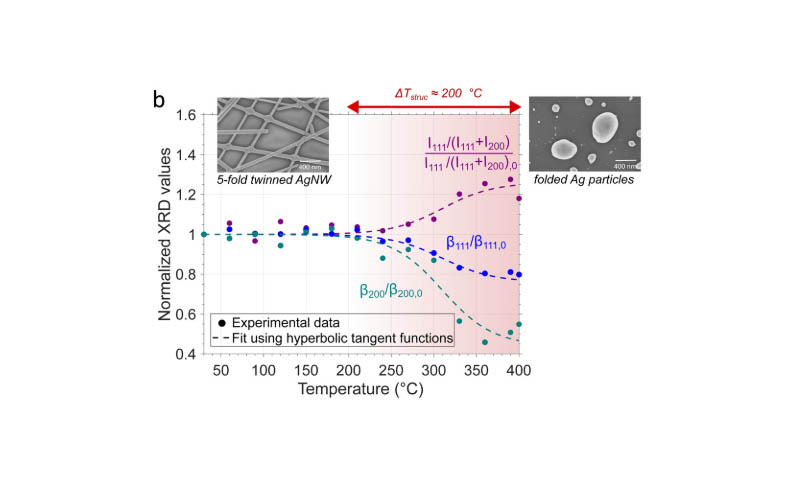Publication de Laetitia Bardet et Daniel Bellet
L'article intitulé "Exploring the degradation of silver nanowire networks under thermal stress by coupling in situ X-ray diffraction and electrical resistance measurements" a été publié dans Nanoscale



